Fittonia Plant
Fittonia Plant also known as Nerve Plant or Mosaic Plant, is a small and low-growing tropical houseplant known for its vibrant and intricately patterned leaves. Here’s some information about Fittonia:
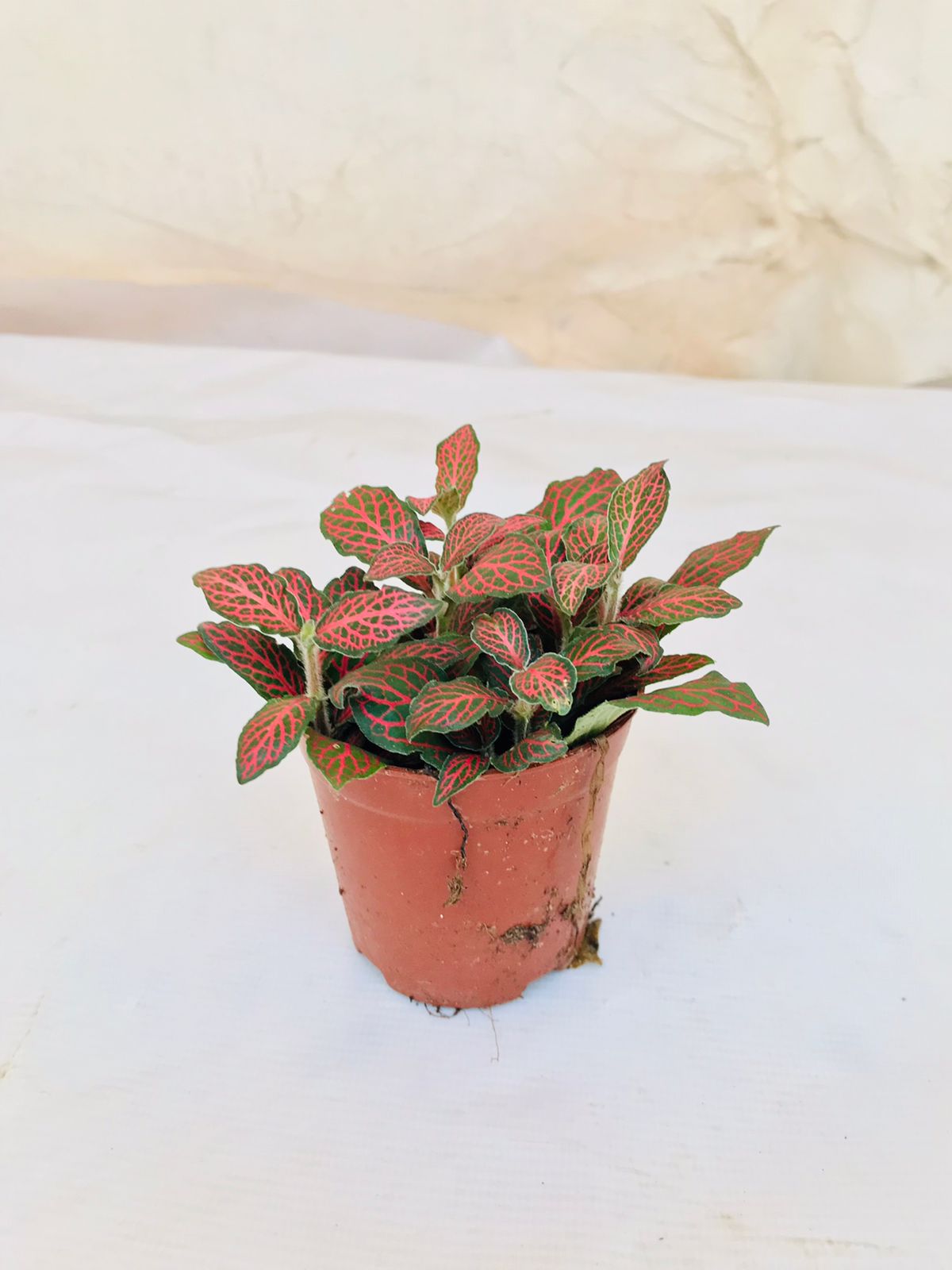
Care Tips for Fittonia:
Appearance:
Fittonia plants typically have small, oval-shaped leaves with striking veins that come in various colors, such as green, white, pink, or red. The veins create a mosaic-like pattern on the leaves, giving the plant its common name, “Mosaic Plant.” Fittonia plants are generally compact and make excellent additions to terrariums, hanging baskets, or as ground covers in humid environments.
Light:
Fittonia Plant prefers bright, indirect light. It thrives in medium to low light conditions. Avoid exposing the plant to direct sunlight, as it can scorch the leaves. Place the plant in a location with filtered or indirect light.
Temperature:
Fittonia Plantprefers average to warm temperatures between 60°F to 80°F (15°C to 27°C). Protect it from cold drafts and temperature extremes.
Watering:
Keep the soil consistently moist but not waterlogged. Fittonia enjoys higher humidity, so misting the leaves or placing a tray with water and pebbles nearby can help increase humidity levels.
Soil:
Plant Fittonia in well-draining soil that retains moisture. A mixture of peat moss, perlite, and regular potting soil works well. Ensure the pot has good drainage to prevent waterlogging.
Humidity:
Fittonia plants thrive in high humidity environments. If the air is dry, mist the leaves regularly or use a humidifier to increase humidity levels around the plant.
Fertilization:
Feed your Fittonia with a balanced, water-soluble fertilizer diluted to half the recommended strength. Apply the fertilizer every two to four weeks during the growing season (spring and summer). Reduce or cease fertilization in fall and winter.
Pruning:
Trim any leggy or discolored stems to encourage bushier growth. Pinch back the tips of the plant to promote branching and a compact shape.
Propagation:
Fittonia can be propagated through stem cuttings. Take a cutting just below a leaf node and place it in a container with moist soil or water until roots develop. Then, transplant it into a new pot.
Fittonia plants are known for their eye-catching foliage and make beautiful additions to indoor gardens or terrariums. With their unique leaf patterns and relatively low maintenance requirements, they are popular choices for plant enthusiasts looking to add a splash of color and texture to their indoor spaces.
Do You like: Ceropegia woodii

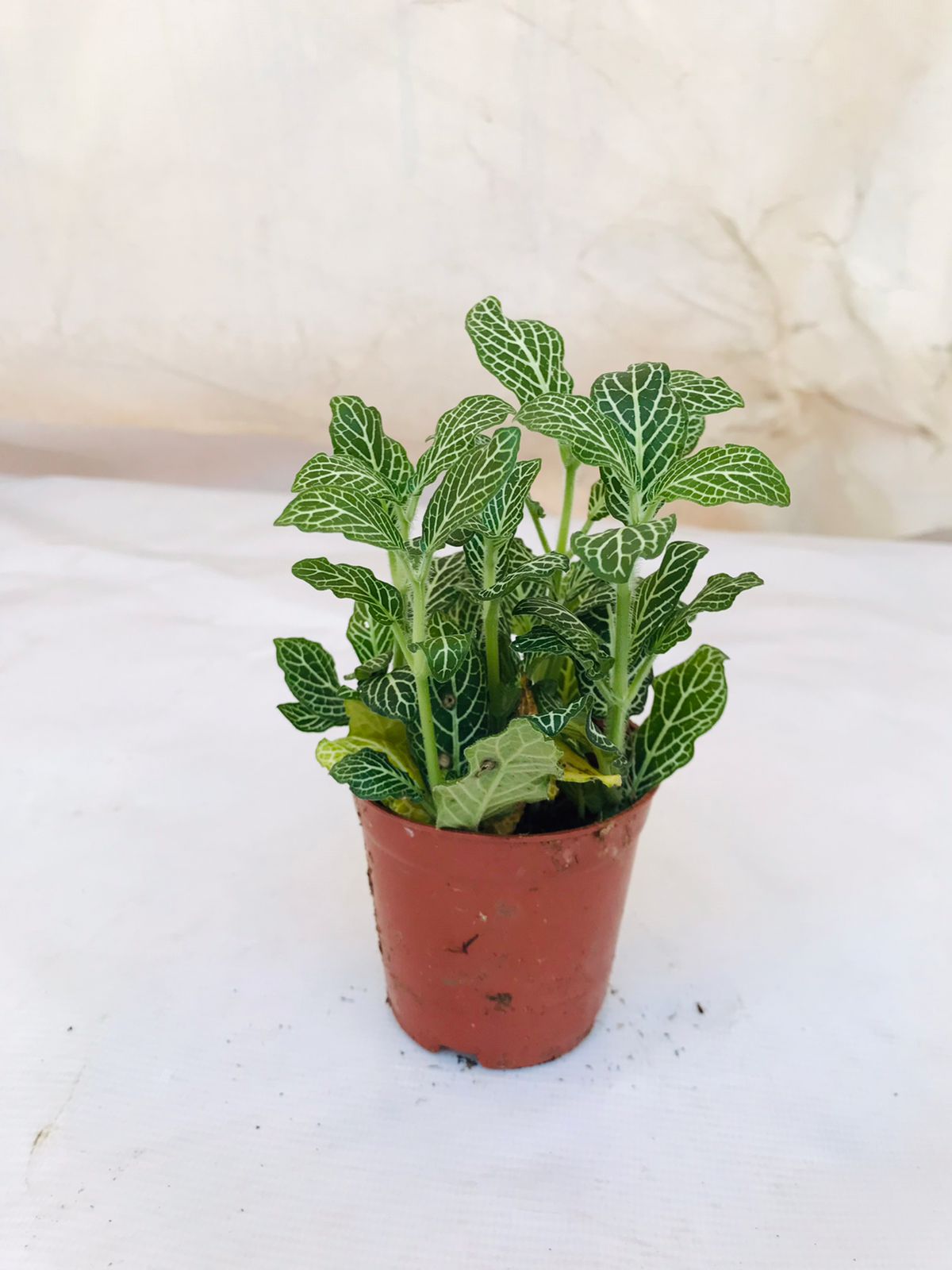
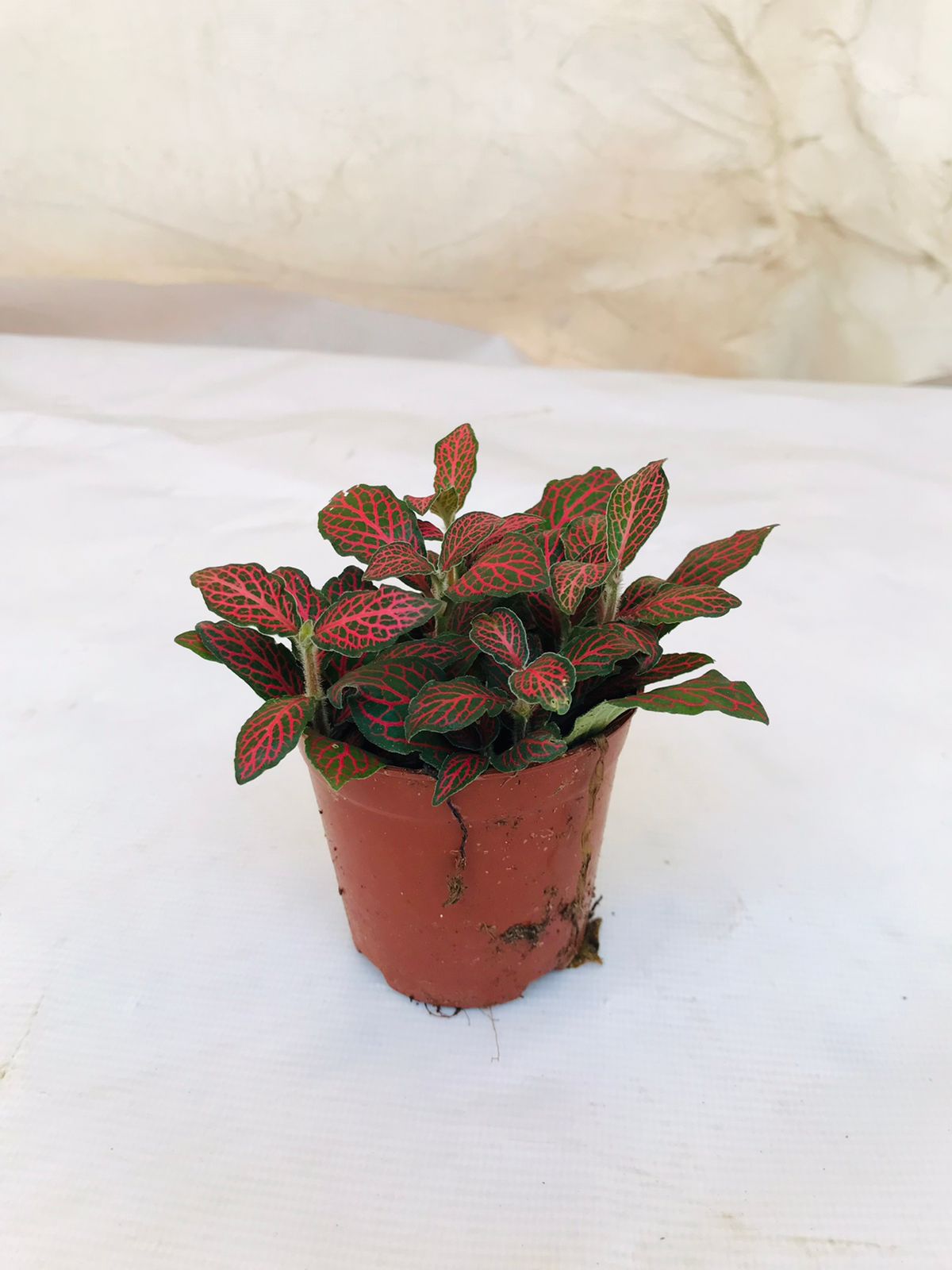
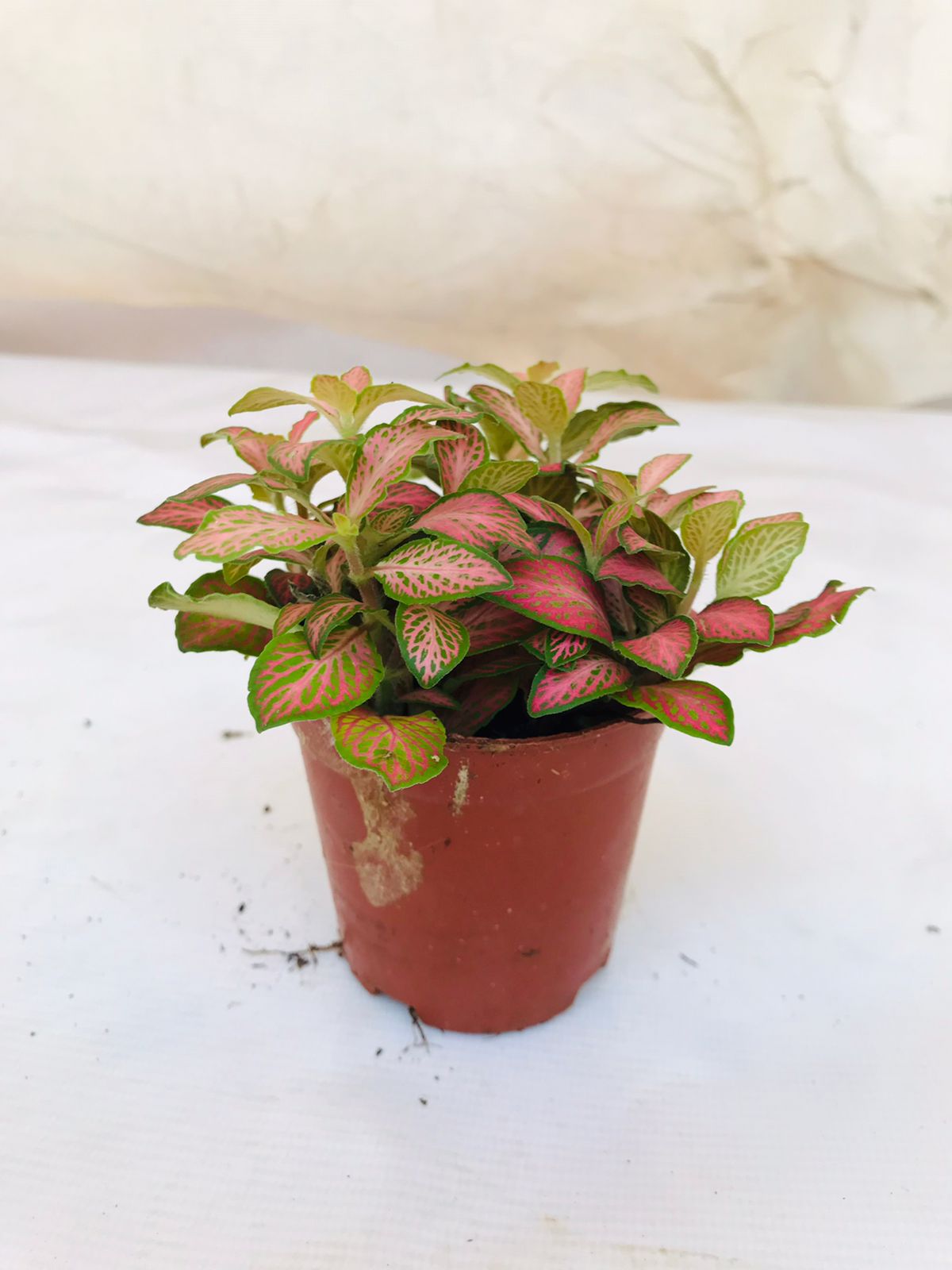
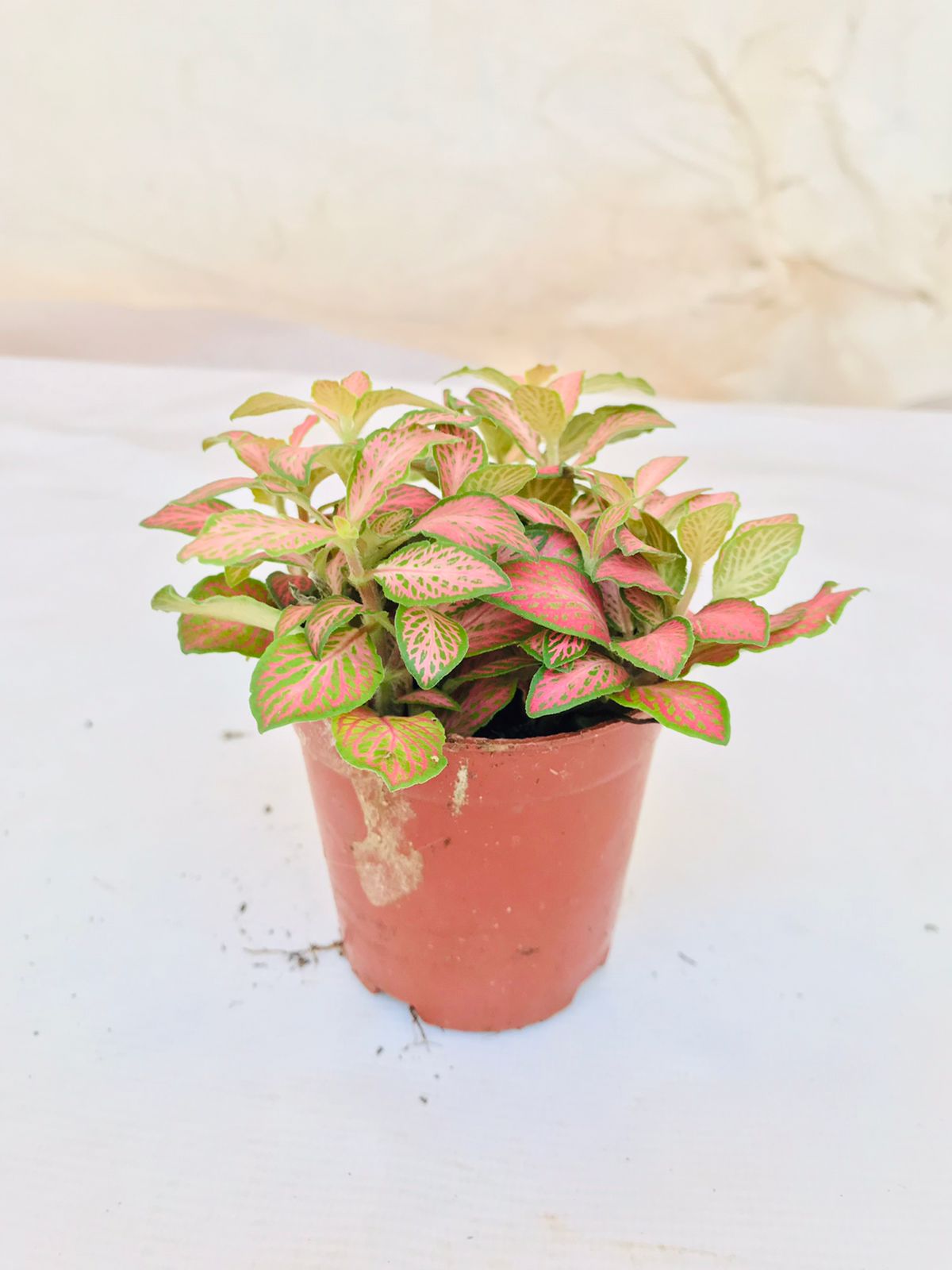
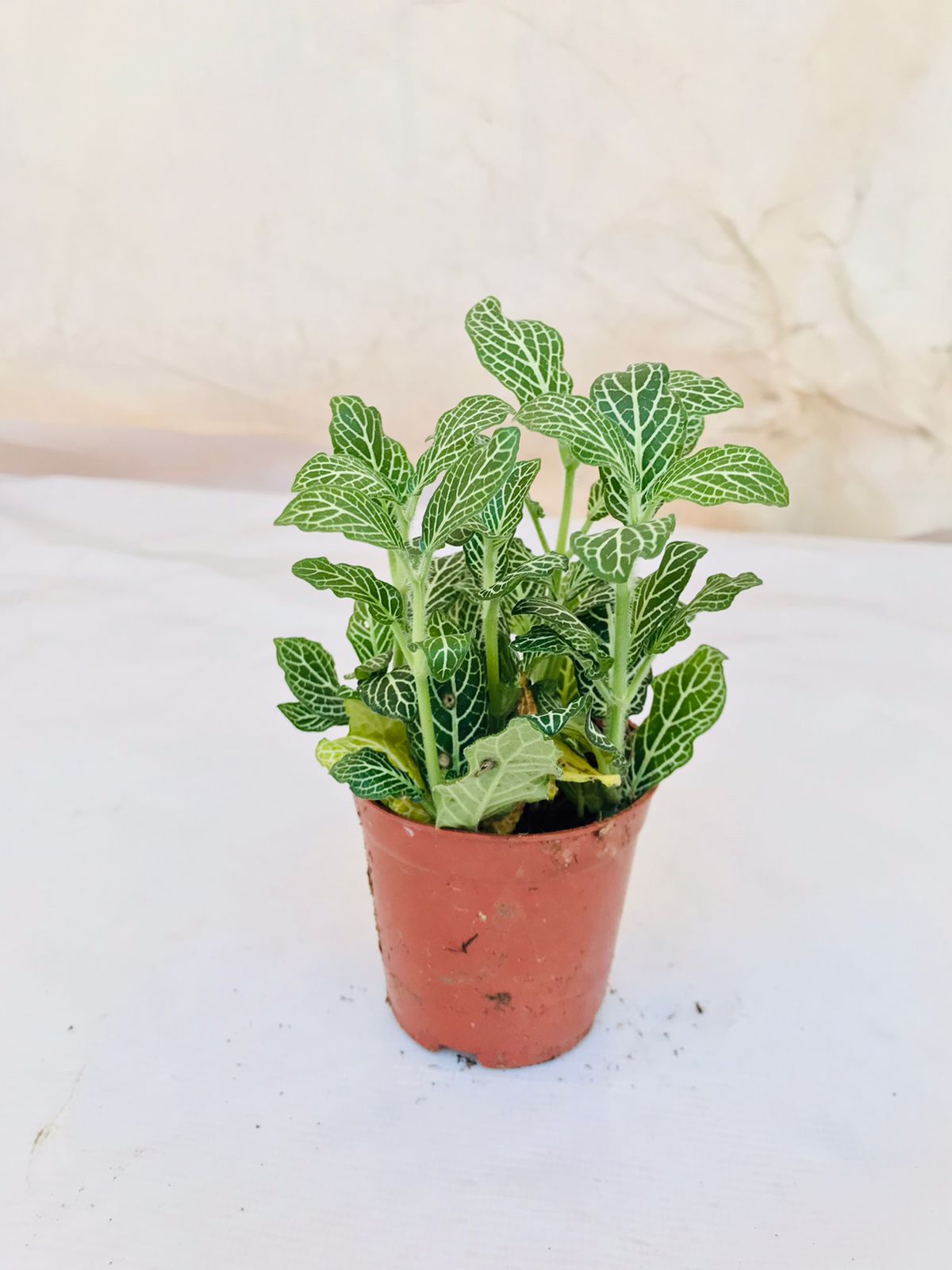
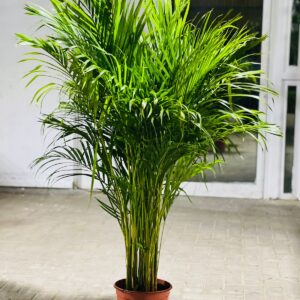
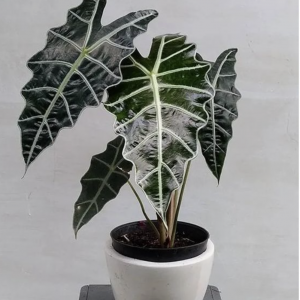

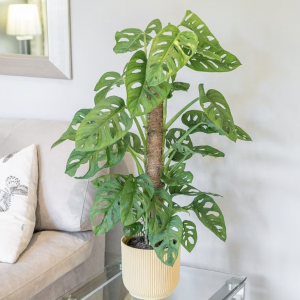
Reviews
There are no reviews yet.